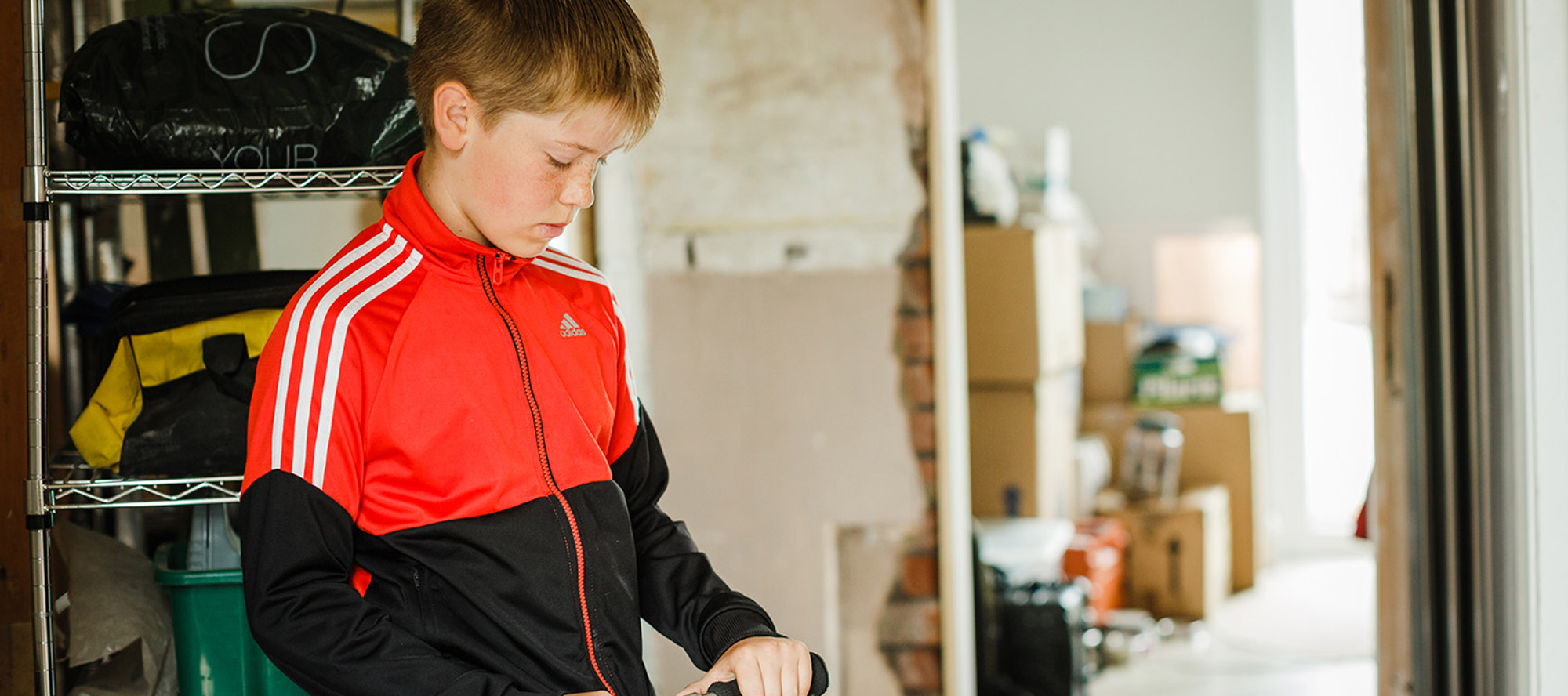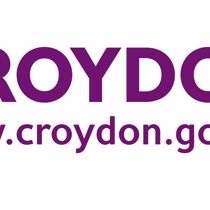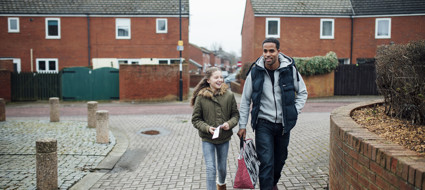‘I moved 14 times from the ages of 15-18. My Independent Visitor was the one person who seemed to care about me and who I felt I could talk to, about nothing really, just spending happy time together.’ Ashleigh*
When you were a child, did you have anyone outside of your family setting who you could turn to if things were difficult or you just needed someone new to talk to? Often as adults we can think back to a friend of the family, a more distant relative, or maybe a teacher or youth worker who provided this kind listening ear. Children and young people who are looked after, while they often have positive experiences in foster care, can have complicated and sometimes much smaller social and emotional connections due to changes in placements and caregivers. The Children Act 1989 has made provision for them to have the chance of a relationship with trained adult volunteer, called an Independent Visitor.
What is an Independent Visitor?
This is a male or female volunteer (usually aged over 20) who will see a child or young person for two-three hours at a time, to do something fun or interesting that the child/young person has chosen. While Independent Visitors have some training (about 10-15 hours) they are kind members of the public, who want to do something positive to support a child in foster care. Potential Independent Visitors are asked to offer a minimum of a year of fortnightly/monthly meetings to building a relationship with a child who is looked after. Many relationships will last longer.
How is the service provided?
Offering access to an Independent Visitor is a statutory duty and at their six monthly reviews all looked after children should be invited to consider having one. A national audit of the services shows that some Independent Visitor services are provided by the Children’s Services within local authorities and some are contracted out to specialist agencies (Gordon A and Graham, 2016).
Typically, services recruit one to three times a year, going through fairly rigorous and varied processes to ensure that the volunteers are safe and aware of relevant issues when working with children in challenging circumstances. At Croydon volunteers are interviewed, trained and assessed too ensure that they are doing this for the right reasons and can be left alone with a vulnerable young person. The Independent Visitors service coordinators support and match volunteers with referred children and young people, working closely with referring social workers and the independent reviewing officers.
How does it look in practice?
Once a referral is received, the Independent Visitor service coordinators meet with a referred child/young person to hear what they hope to gain from having an Independent Visitor. For example, some children want to go to the park and have extra playtime, maybe getting a snack and having a chat as part of that outing. Others enjoy going out for a meal, bowling, skating, cycling, or to the cinema. Exploring their town, city or countryside are also popular activities. In addition, a young unaccompanied asylum seeker might want to practice English, build confidence on transport, or become more familiar with their new country. At the core of having an Independent Visitor is the benefit of having a one-to-one relationship with an adult who is not paid to care about them, yet who shows that they want to be connected to the child.
Benefits to the child or young person
An Independent Visitor can be a valuable and consistent element of support for a child or young person. This relationship can enable them to connect with a responsible adult outside of potentially painful family dynamics. As they go through their care journey, with whatever challenges that may arise, a child or young person can step outside of this every few weeks and just be a kid. The quote at the beginning from a young person who has benefited from our services shows it is the consistency in little things that matter, in feeling connected.
An Independent Visitor is not told a child or young person’s backstory, only of any current risks. This allows the child or young person to just be themselves, without all the history. They can start a new relationship, separate from past, with their best self. An additional benefit of an Independent Visitor is that they are in a good position to pick up on something when it does not feel quite ‘right’. For example, poor foster care practice, or risks of child sexual and/or criminal exploitation can be fed back to professionals.
One of the most important distinctions between statutory services, and having a relationship with an Independent Visitor, is that a child or young person can choose whether or not they want this relationship, which is rare for a looked after child.
*With thanks to Ashleigh, who is an Independent Visitor and adult volunteer leading the children in care council group activities within Croydon Council.
Independent Visitor services
To find your local service, search online for Independent Visitor plus your municipal authority name, or contact the national network lead at Barnardos.
Related resources
Read more about Croydon Council’s Independent Visitors service.
References
Gordon A and Graham K (2016) The National Independent Visitor Data Report. Barnardos. Available online: https://www.barnardos.org.uk/national-independent-visitor-data-report.pdf
Credit
Reprinted by kind permission of FosterTalk magazine, in which much of this content first appeared as part of a larger piece.




